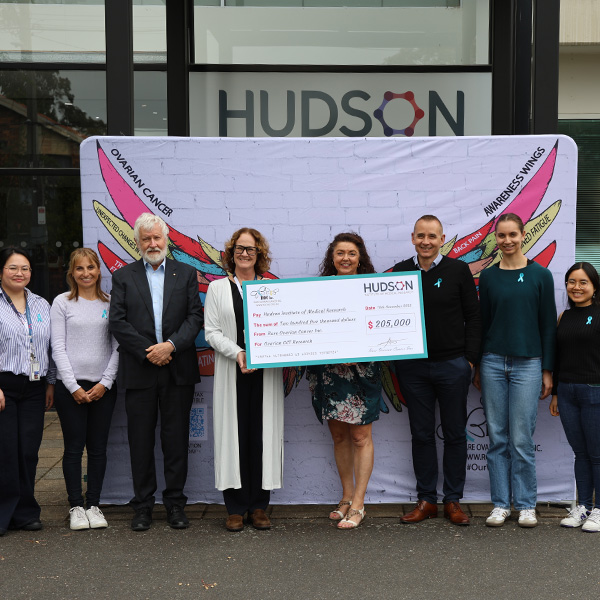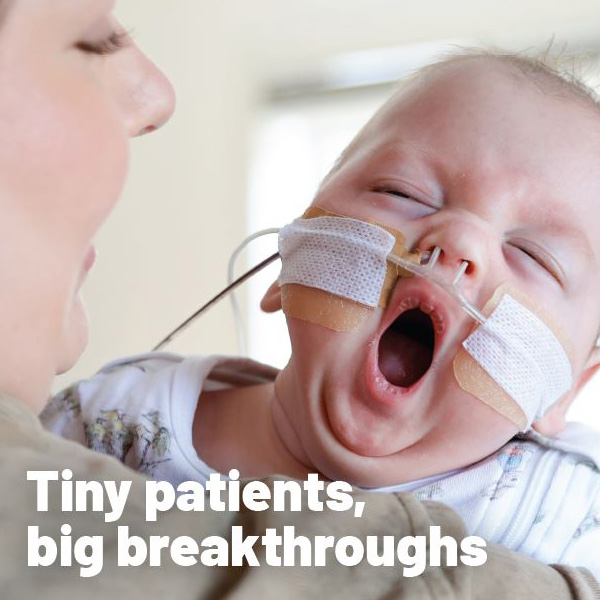Mothers’ stories inform stillbirth study
By Rob Clancy, staff writer. Reviewed by Associate Professor Miranda Davies-Tuck

A study that led to lower rates of stillbirth among people of South Asian origin is now turning its attention to the mothers’ experiences and stories.
In recent years Dr Miranda Davies-Tuck has established that women of South-Asian origin (India, Pakistan, Bangladesh and Sri Lanka) run a higher risk of stillbirth at the end of pregnancy, and used that evidence to change clinical practice in Victorian hospitals.
Key points
- Research showed women of South Asian origin had higher risk of stillbirth in late pregnancy.
- Earlier fetal monitoring has reduced stillbirth rates.
- Women experiencing these new birth practices have had a chance to share their experiences.
- Findings will be used to further improve the way hospitals manage pregnancies.
Now she’s working with collaborators at Monash Health and Monash University, investigating how those mothers experienced the changes.
“We know that the rate of stillbirth at 39 weeks among these women was equivalent to what it is for the rest of the population at 41 weeks,” Dr Davies-Tuck said.
Reducing stillbirth – capturing stories
“We changed clinical practice to offer earlier monitoring for women of South- Asian background to identify babies at risk of stillbirth.
“This has meant conducting fetal monitoring earlier, and already we’ve seen evidence of fetal distress in around 10 per cent of women, triggering earlier intervention, leading to rates of stillbirth among this group falling by two-thirds.”
But the missing piece of the puzzle was the experience of the mothers themselves, so Dr Davies-Tuck’s latest research involved capturing the voices and stories of South Asian women who had experienced earlier fetal monitoring to reduce their risk of stillbirth.
Voices inform stillbirth guidelines
“This is the first time the voices of South Asian women, in regard to stillbirth prevention strategies have been captured,” she said.
“The insights they shared will help us to produce guidelines for clinicians and better maternity services when caring for these women.”
The findings showed the mothers experienced positive reassurance of their baby’s well-being from the monitoring and were happy with the earlier, extra care. However, they described receiving variable explanations of the purpose of the monitoring.
Funding for this project came from Red Nose Australia and future work will focus on more effective communication and removing logistical barriers which can negatively impact women’s ability to engage in shared decision making and their overall experience.
Reducing stillbirth
More than 2,100 Australian babies are stillborn each year. Incredibly around 20 per cent of stillbirths could be prevented. Hudson Institute researchers have made it a priority to reduce stillbirths by understanding the causes, identifying high risk mothers and closing the gap between scientific knowledge and clinical practice.
In this article
About Hudson Institute
Hudson Institute’ s research programs deliver in three areas of medical need – inflammation, cancer, women’s and newborn health. More
Hudson News
Get the inside view on discoveries and patient stories
“Thank you Hudson Institute researchers. Your work brings such hope to all women with ovarian cancer knowing that potentially women in the future won't have to go through what we have!”





